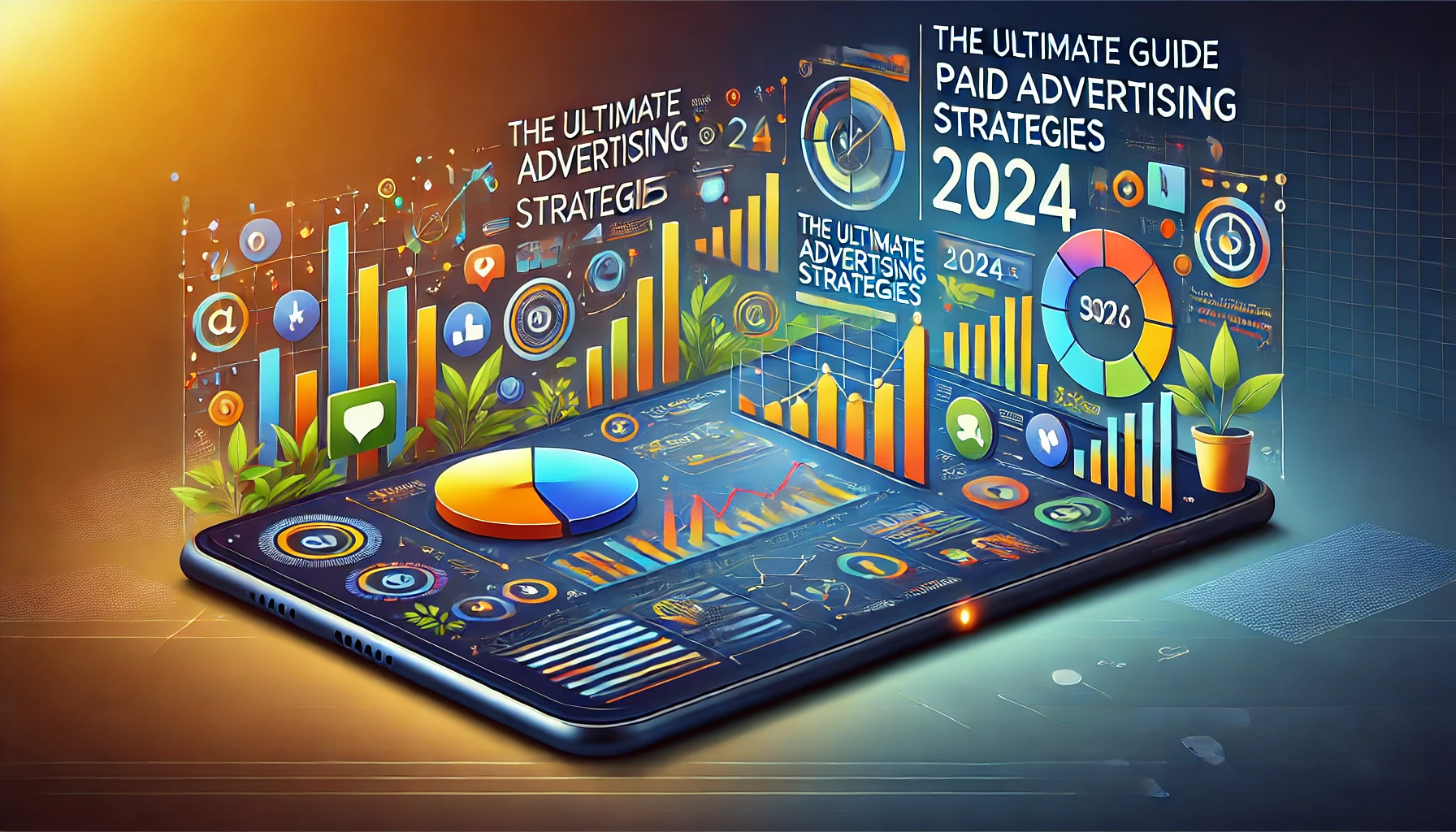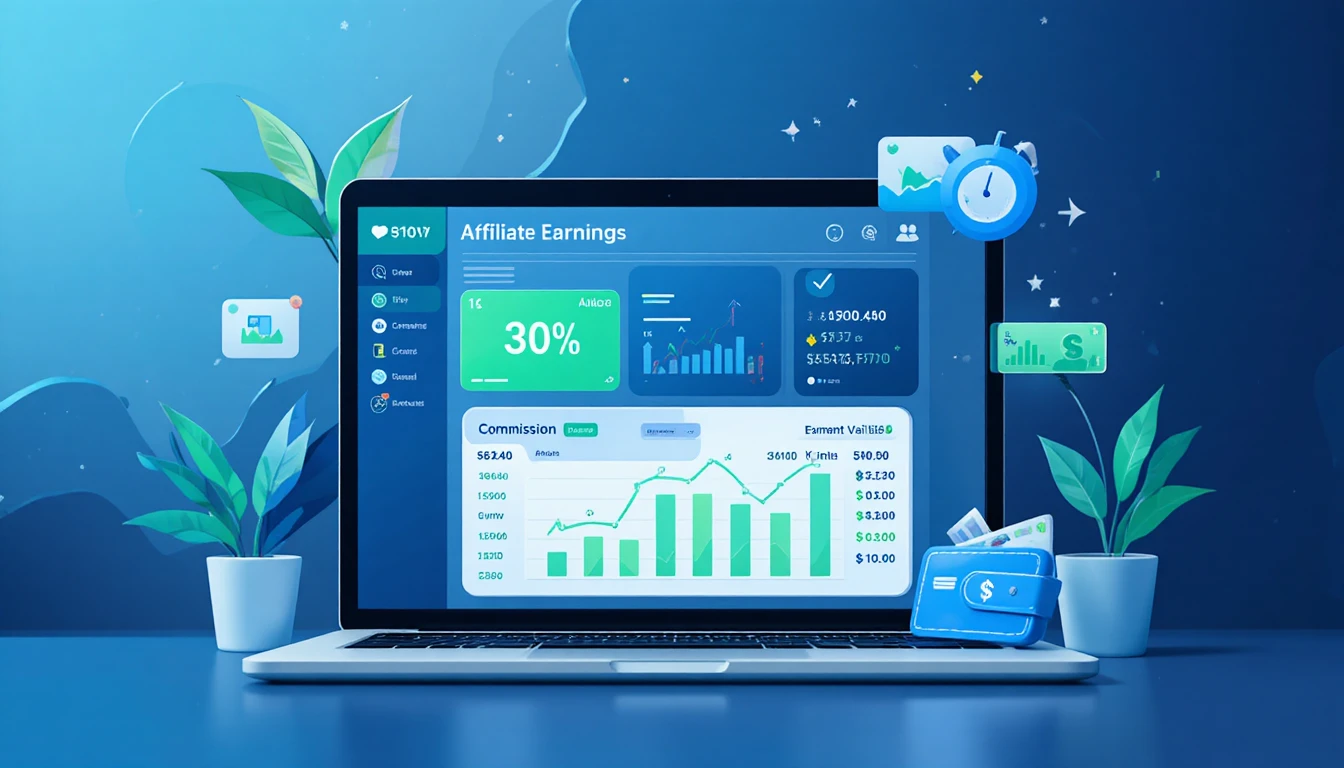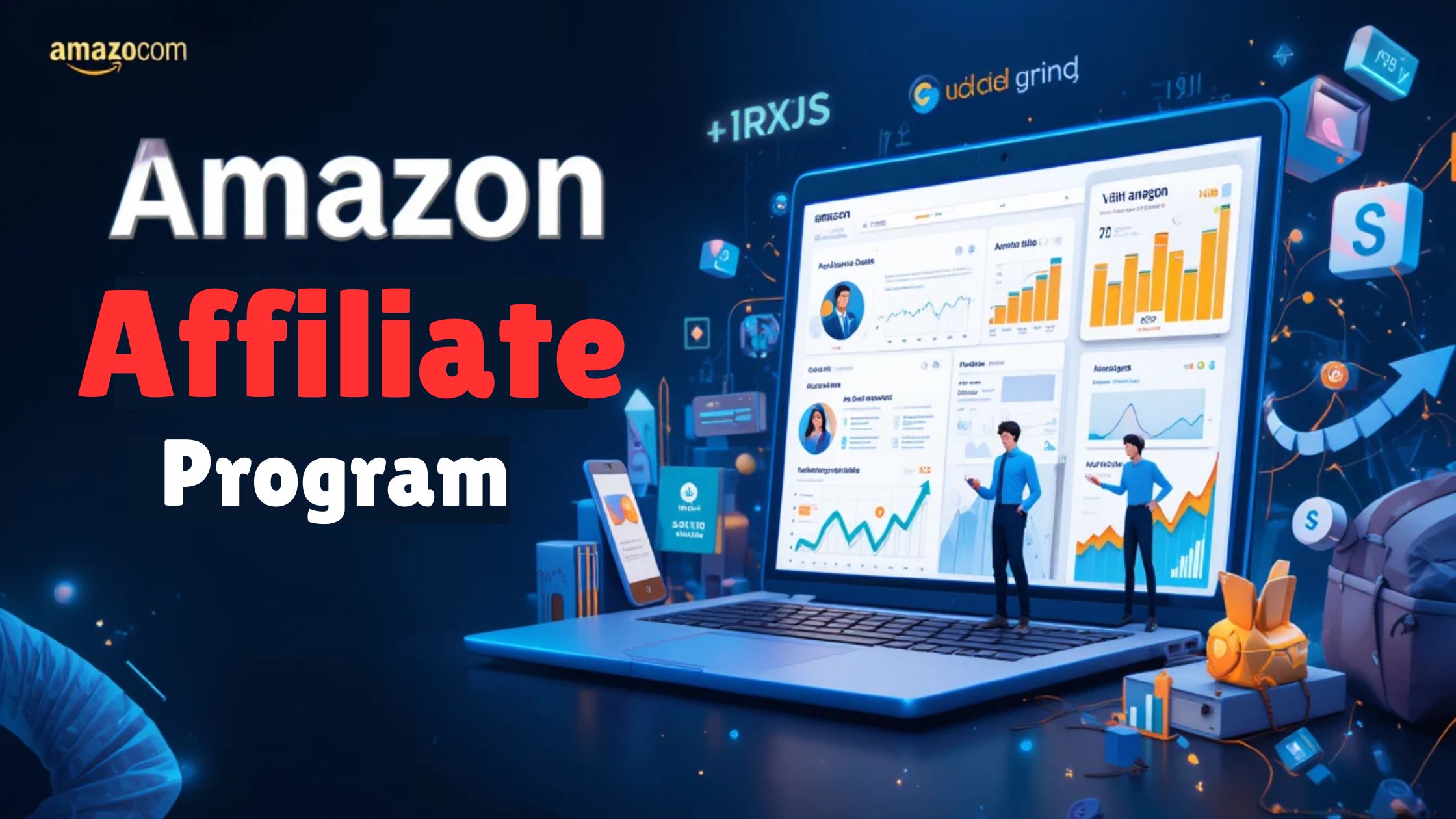In today’s competitive digital world, businesses can’t rely on organic growth alone. Paid advertising has become a cornerstone for businesses, helping them reach the right audience at the right time. Whether you’re a beginner trying to dip your toes into the advertising world or a seasoned marketer exploring advanced techniques, understanding the best paid advertising strategies is essential to stay ahead of the curve.
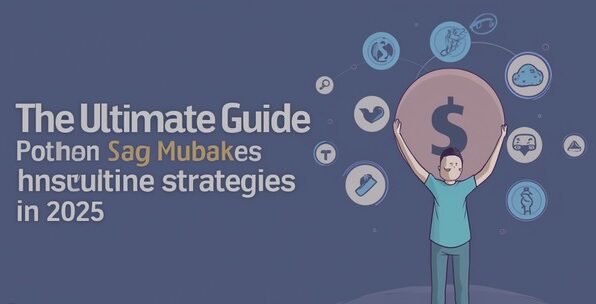
This blog will explore strategies suitable for everyone—from startups on a tight budget to businesses aiming for high ROI. Along the way, we’ll cover topics like how to optimize Google Ads campaigns for conversions, AI-powered advertising techniques, and even Facebook Ads strategies for local businesses. Let’s dive in and uncover the secrets to running successful paid campaigns.
Table of Contents
Why Paid Advertising Is Crucial
Paid advertising enables businesses to gain visibility quickly, something that organic methods like SEO might take months to achieve. It allows you to target specific demographics, track your progress, and make data-driven decisions to improve your campaigns. However, it’s not as simple as just running an ad; using advanced paid advertising techniques and focusing on low-budget strategies for small businesses can make a significant difference.
Best Paid Advertising Strategies for Beginners
Starting with paid advertising can be intimidating, but focusing on the basics can ease the process. Here are some tips:
1. Set Clear Goals
Whether you’re aiming for more traffic, sales, or brand awareness, define what success looks like for your campaign.
2. Choose the Right Platform
Platforms like Google Ads are great for broader reach, while social media platforms like Facebook and Instagram are ideal for targeting specific audiences.
3. Leverage Audience Segmentation
Audience segmentation strategies for paid advertising allow you to focus on groups of users most likely to engage with your brand. For example, divide audiences based on age, location, or buying habits.
4. Start Small
Don’t blow your budget on your first attempt. Start with smaller campaigns, analyze results, and scale up gradually.
5. Track Performance
Tools like Google Analytics help monitor the effectiveness of your ads. Use these insights to tweak your campaigns.
Advanced Paid Advertising Techniques for 2025
For experienced marketers, staying ahead requires innovation and a willingness to embrace new tools and strategies:
1. AI-Powered Paid Advertising Strategies
Artificial Intelligence is revolutionizing the ad landscape. Tools like Google’s Performance Max campaigns automate ad placement and optimization. AI can analyze user behavior and create personalized experiences that drive higher conversions.
2. Dynamic Retargeting
Retarget users who interacted with your site but didn’t convert. Dynamic retargeting ads show specific products users viewed, increasing the chances of purchase.
3. Video and Interactive Content
Video ads, particularly on platforms like Instagram and YouTube, perform exceptionally well. Interactive ads, like quizzes or polls, also boost engagement.
4. Voice Search Optimization
With the rise of voice-activated devices, ensure your ads are optimized for long-tail keywords and conversational phrases.
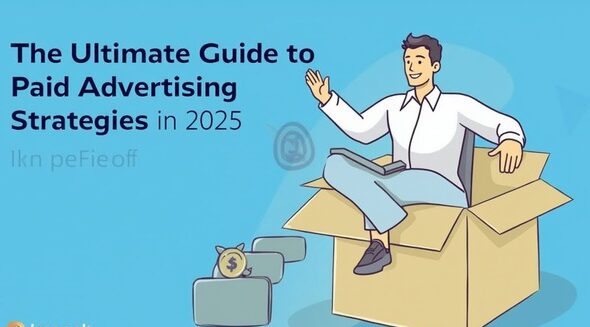
Low-Budget Paid Advertising Strategies for Small Businesses
Small businesses often operate with tight budgets, but that doesn’t mean they can’t run effective campaigns. Here’s how:
1. Leverage Local Targeting
Platforms like Facebook allow you to target local users, making Facebook Ads strategies for local businesses highly effective.
2. Use Ad Scheduling
Run ads during times when your audience is most active to save money and increase engagement.
3. Focus on Remarketing
Remarketing is a cost-effective way to re-engage users who’ve already shown interest in your products.
4. Invest in High-ROI Platforms
Google Ads might be more expensive than social media platforms, but focusing on specific keywords can result in better ROI.
How to Optimize Google Ads Campaigns for Conversions
Google Ads is a powerful platform, but getting results requires careful planning:
1. Refine Your Keywords
Focus on long-tail keywords that match user intent. For example, instead of “shoes,” target “affordable running shoes for men.”
2. Create Compelling Ad Copy
Highlight benefits, include a clear call-to-action (CTA), and address the user’s pain points directly.
3. Use Negative Keywords
Exclude irrelevant search terms to avoid wasting your budget on users who are unlikely to convert.
4. Test and Adjust
Run A/B tests to identify which ads perform best.
5. Track Conversions
Set up conversion tracking to measure your ad’s success and pinpoint areas for improvement.
Paid Advertising Strategies for Improving ROI
Maximizing ROI is every advertiser’s goal. Here are strategies to achieve it:
1. Focus on Quality Over Quantity
High-quality, targeted ads perform better than spreading your budget across multiple campaigns.
2. Leverage Analytics
Dive deep into metrics like cost-per-click (CPC), click-through rate (CTR), and conversion rate to identify what’s working.
3. Use Retargeting
Retargeting is one of the most effective paid advertising strategies for improving ROI because it focuses on users already familiar with your brand.
Challenges in Paid Advertising and How to Overcome Them
Paid advertising isn’t without its hurdles, but these solutions can help:
1. High Costs
Use low-budget paid advertising strategies and focus on high-performing platforms.
2. Ad Fatigue
Change your ad creatives frequently to keep your audience engaged.
3. Measuring Effectiveness
Set clear metrics and use tools like Google Analytics for accurate tracking.
Successful Paid Advertising Campaigns and Their Strategies
Learning from others’ success is a great way to improve your campaigns. Here are some examples:
- Coca-Cola’s Personalized Ads: Their “Share a Coke” campaign used audience segmentation to create ads targeting different demographics.
- Airbnb’s Retargeting Campaigns: By retargeting users who browsed but didn’t book, Airbnb saw a significant increase in conversions.
- Old Spice’s Viral Ads: Interactive and humorous video ads helped Old Spice reach younger audiences effectively.
Conclusion
Paid advertising is a game-changer for businesses of all sizes, but it requires a mix of creativity, data-driven strategies, and consistent optimization. Whether you’re exploring the best paid advertising strategies for beginners or diving into advanced techniques for 2025, the key lies in understanding your audience and adapting to their needs.
With the right approach—whether it’s how to optimize Google Ads campaigns for conversions, leveraging Facebook Ads strategies for local businesses, or experimenting with AI-powered paid advertising strategies—you can unlock the full potential of your advertising campaigns.
FAQ
What is the best platform for beginners in paid advertising?
Google Ads and Facebook Ads are great starting points. They are user-friendly and provide robust tools for targeting and optimization.
How can I run paid ads on a small budget?
Focus on low-budget paid advertising strategies, such as retargeting and audience segmentation, and use platforms like Facebook for local targeting.
How do I know if my paid advertising is working?
Track metrics like CTR, conversion rate, and ROI using tools like Google Analytics to evaluate your campaign’s effectiveness.
What are some common mistakes to avoid in paid advertising?
Avoid unclear goals, not tracking performance, and targeting overly broad audiences. Regularly update your ads to avoid ad fatigue.

